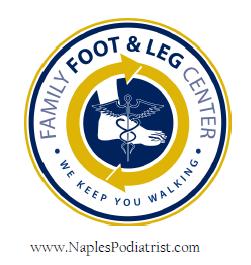Seemingly every year around this time we see numerous patients from all over the country with lingering pain and difficulty walking which can be caused by the great toe joint. Some patients may think that bunions are the only thing that can cause this pain, but truly this is only part of the story. Numbers of studies in recent years show the natural progression of arthritis in toe joints which do not seem to have any bunion characteristics, such as prominent bone on the inside of the foot and deviation of the great toe towards the lesser toes, and this can be related in most cases to a distant trauma which occured an unknown time ago.
We offer several pain management modalities to provide nonsurgical relief in this area, ranging from orthotics and cortisone injections, to the new Cold LASER therapy for recurrent pain which can reduce symptoms in chronic pain of arthritis significantly without medications.
Something as trivial as stubbing your toe, or landing abruptly and resultant pain in the bottom of the joint that seems to go away, may eventually return later on as a limitation in joint motion, and pain in the foot which is related to the adaptive and errosive side effects from "hallux rigidus". This is quite prevalent after age 50 and can effect men and women, and can be the major source of a significant amount of discomfort and limitation with walking.
At The Family Foot and Leg Center, we offer numerous conventional and proven treatment protocols for our patients to give you the best chance at pain free ambulation. If you have arthritic changes on a regular xray, and the deformity is not too severe, you may even qualify for the latest implant arthroplasty technique known as "joint resurfacing". This is a relatively advanced joint replacement which allows patients to walk immediately after the surgery, and there are no weight bearing restrictions with a very high success rate both in the short term and long term.
Not everyone is a candidate, but for those who are, you will experience immediate relief. After several weeks post operatively, your range of motion should be close to the other foot, and in most cases significantly increased from before the procedure is done. It is an outpatient procedure, and we have strict criteria prior to undergoing this advanced modality. We offer numerous other therapies for other conditions of the foot and ankle, and I urge you to check out our website regularly as changes are constantly bringing our current and future patients up to date on the latest in the care of your foot and ankle conditions.
Thursday, March 17, 2011
Big Toe Pain
Labels:
advil,
ankle pain,
arthritis,
arthroplasty,
cold laser,
cortisone,
family,
florida,
foot pain,
joint pain,
leg,
naples,
podiatrist,
treatment,
treatments
Subscribe to:
Posts (Atom)



